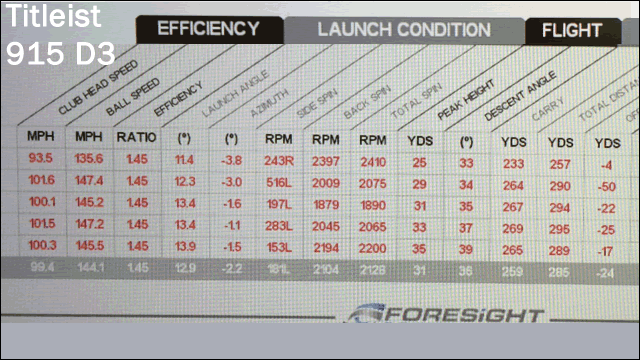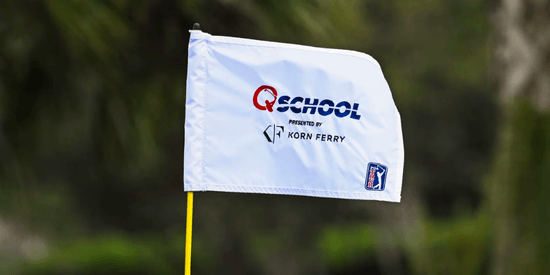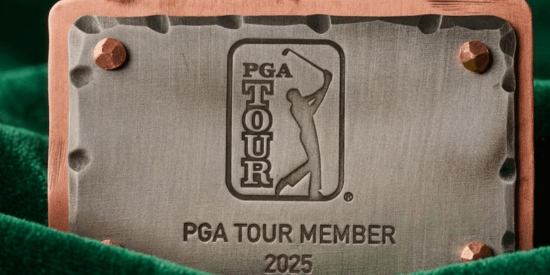Titleist 915 D2 and 915 D3 Drivers: The AmateurGolf.com Review
6/17/2015 | by Pete Wlodkowski of AmateurGolf.com
see also: Equipment Reviews

You've heard Titleist's slogan for their 915 series: "Distance without Compromise" -- AmateurGolf.com puts both the D2 and D3 drivers to the test
If you’re playing a Titleist driver now, you’re likely using one of the last two releases, the 910 or 913. Both of these driver models came in two models, the D2 and D3. They also featured the Sure-Fit hosel adaptor, which was called a “Tour van in a hosel” when it first came out. A distinguishing feature of this system is the ability it gives the player or club fitter to tune loft independent of lie.
The naming and hosel standards described above hold true with the 915 series. The 915 D2 is a 460 cc head with a lower center-of-gravity and the most forgiveness. The 915 D3 is slightly smaller at 440 cc and its setup will promote lower spin for most players. (In my case I averaged around 2500rpm with the D2 and 2000 with the D3.) The adjustable weights from previous models can’t be used, but that’s a fairly minor detail. If you’re like most players you won’t need to worry about putting your old shaft into the new head, but it’s nice to know that you can if you wish.
Here we’ll review some of the major enhancements and try to help you decide if it’s time to invest in a 915 of your own. The overall theme (and tagline of the 915) is “Distance Without Compromise.” Sounds pretty good, right?
If you’ve ever been fit for a driver you know that club head speed is just one piece of the equation when trying to dial in your best driver. The others include efficiency (smash factor, or the ratio of your ball speed to your club head speed), spin, and launch angle. If you work hard to maximize these conditions on your best hits, you might sacrifice in other areas. For example what happens when you don’t catch the ball on the perfect part of the face that provided you with the perfect numbers in the fitting session?
Titleist solves this problem in a number of technical ways. Some of them you see, and some are beneath the surface. Let’s take a look at some of the “tech stuff” that makes 915 tick.
ACTIVE RECOIL CHANNEL
A new feature for Titleist, the Active Recoil Channel, (a notch in the bottom of the club behind the face) is also the most physically distinguishing design element between the 915 and the older models. The “ARC” allows the face to recoil evenly from the crown and sole, instead of recoiling more towards the crown with previous models, which delivers more spin.
Active Recoil Channel provides the 915 drivers with the ability to deliver lower spin and more speed across a wider portion of the face. Yes, your off center hits should go straighter and farther.
LOW AND DEEP CENTER OF GRAVITY (CG) – HIGH MOMENT OF INTERTIA (MOI)
This conversation can get technical pretty quickly, so allow me to summarize and provide a video from Titleist (below) that explains the concept in detail. The 915 series drivers have reduced thickness up front, and that helps with forgiveness, without sacrificing distance. Indeed "Distance without Sacrifice" is the theme of the entire 915 family of drivers, fairways, and hybrids.
LAUNCH MONITOR TESTING
I started with the 915 D2, and got a nice sample of shots with very "playable" numbers. Some people might be seeking out spin rates under 2000 rpm, but I'm not one of them. So the numbers below work very well for me, at least on the computer monitor:
 |
After feeling pretty good about getting an average carry of 262 yards, and total distance of 285, I moved over to the D3. Of note is that the clubs I used have different shafts, so it's unfair to say it's the head alone that's responsible for the changes, but pretty clearly the spin numbers are reflective of the D3's different CG and smaller size.
 |
So how does it function out on the course?
On my first test round with the 915 (the D2 model) I was really pleased with the feel and distance, even when I hit it off center. I noticed this on shots low on the clubface and off the heel more than anything – my slight toe shots with most drivers tend to be low-spin draws and carry and run farther then my direct center hits. But I'm used to losing a lot on shots low on the clubface and off the heel and was really pleased with the 915's ability to keep these shots in the same range as the best ones. As for fairways hit, 915 is one of the most accurate drivers I've tried.
So there's definitely something to the
"Distance without Compromise" theme
I mentioned earlier.
To learn more about 915 drivers, visit the Titleist
website.
Most Popular Articles

2025 PGA TOUR Q-School Guide: Sites, Scores, and Who Advanced
Dec 5, 2025Second Stage is complete and Final Stage awaits at Sawgrass — follow every Q-School leaderboard and the players still chasing
2025 LPGA TOUR Q-Series: Final Qualifying Stage FINAL SCORING
Dec 8, 2025Helen Briem earns medalist honors, 31 players headed to the LPGA next year
2025 PGA TOUR Q-School Final Stage: Ewart Leads Five New TOUR Card Winners
Dec 14, 2025A.J. Ewart topped Final Stage at TPC Sawgrass, leading five players who secured PGA TOUR membership for 2026.
Australian Open at Royal Melbourne: Preview, amateur bios, and how to watch
Nov 30, 2025Rory McIlroy headlines one of the championship's top fields in years - at least four amateurs will have their chance at gloryInside Gil Hanse’s Restoration of Baltusrol’s Upper Course: A Return to Tillinghast’s
Dec 11, 2025Renowned architect Gil Hanse reveals how he brought Baltusrol’s Upper Course back to life by honoring A.W. Tillinghast’s originalLoading latest news...
